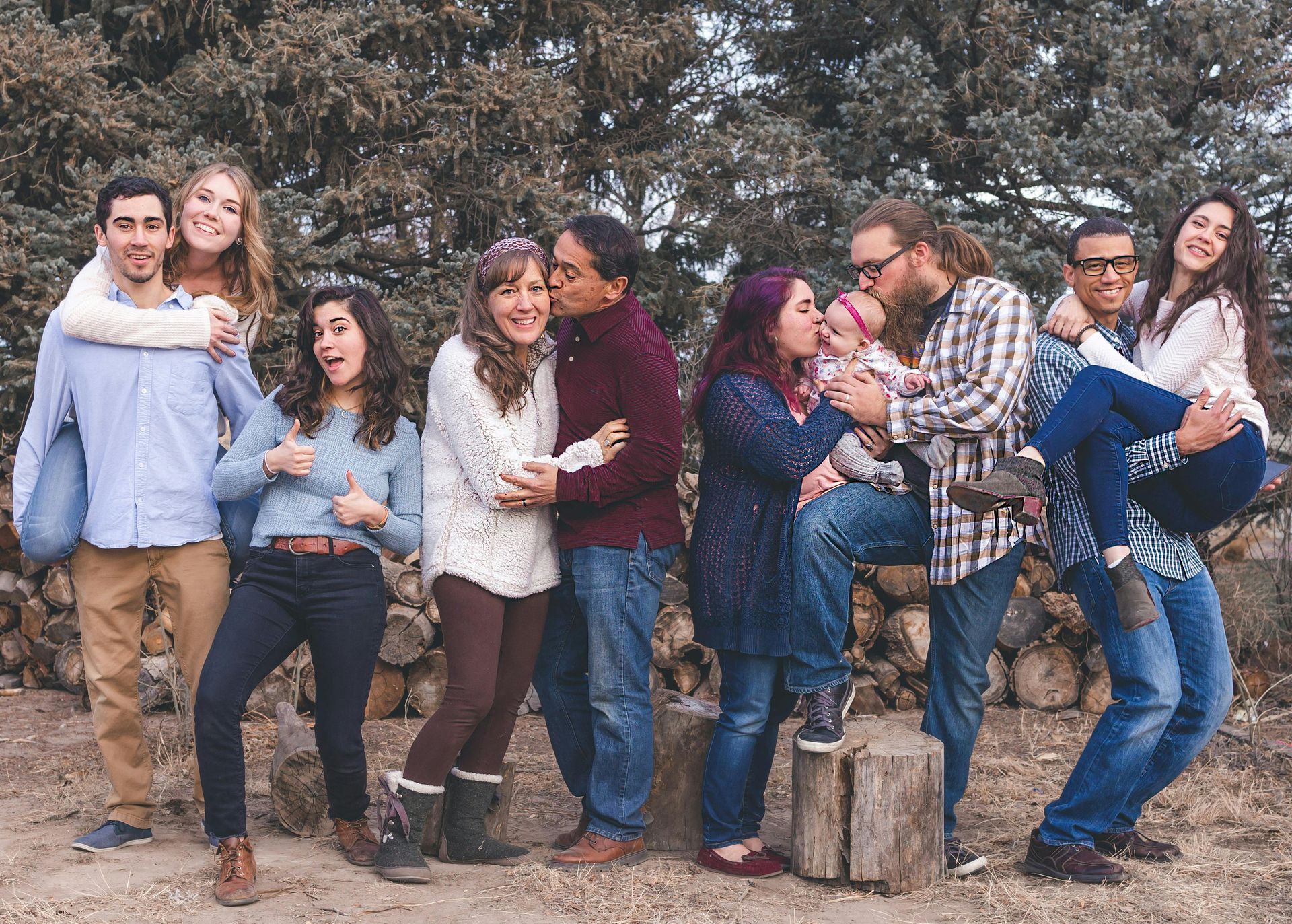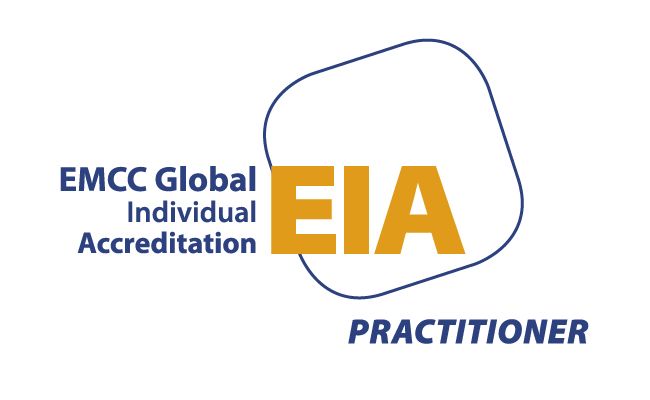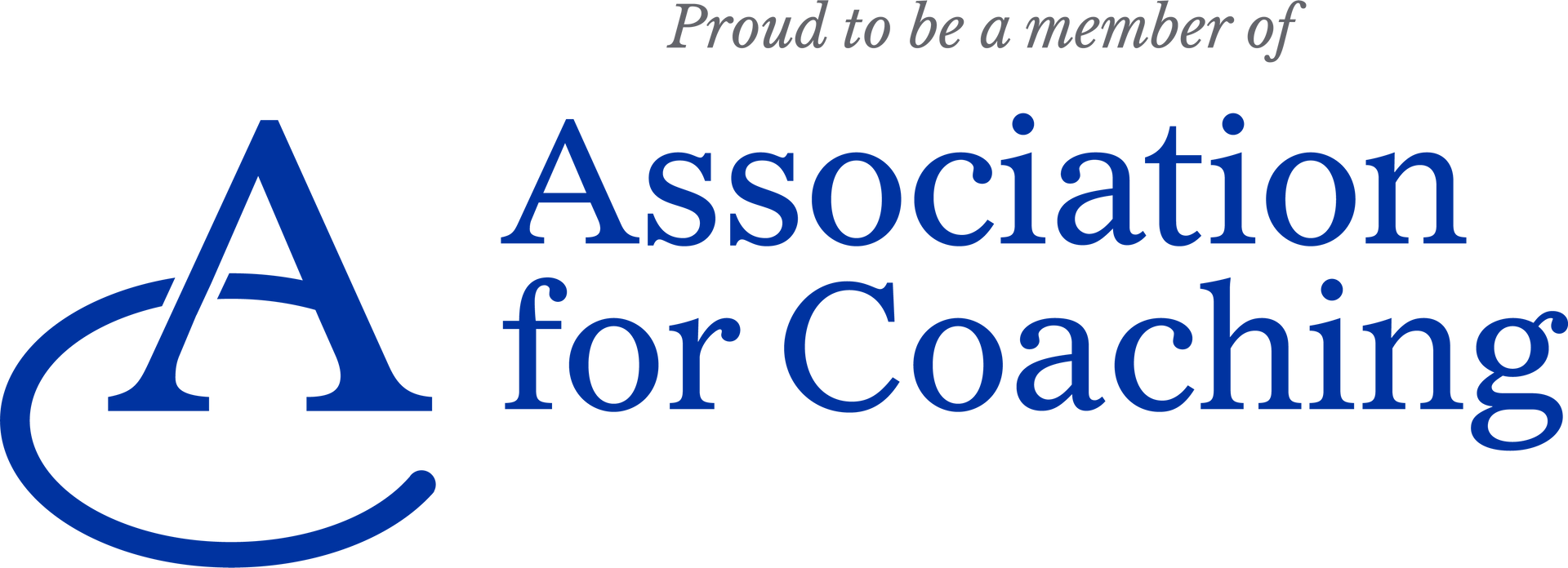Setting up a business with Friends
Barbra Carlisle • April 16, 2025
Setting up business with a friend - a blessing or a curse?

Introduction
Starting a business with friends is thrilling. There is an overarching sense of relief that you don't have to do it alone -you can do it with your bestie! yay!
Fast forward 18 months, and the Yay! can turn into Nay!
Misaligned expectations, unspoken assumptions, and personality clashes often threaten what was once a shared vision. How can co-directors stay aligned—and stay friends?
The Research
The UK’s ScaleUp Institute (2022) found that the biggest internal challenge to scale-up growth isn’t funding or sales—it’s leadership alignment. Misalignment at the top leads to strategic drift, team confusion, and burnout.
The London Business School’s study on entrepreneurial team dynamics (Lechler & Ensley, 2021) highlights that psychological safety, clear communication, and complementary leadership styles are essential for co-founder success.
The Voice of Alignment
Most founder teams don’t fall apart because they disagree on what they want to build. It’s how they build it—how they make decisions, how they handle conflict, how they communicate under pressure.
One founder might lead with relentless vision, what I call the Pioneer perspective, while another is carefully evaluating risk (taking a Guardian perspective). One might want harmony above all else (Nurturer), and another thrives on energy and visibility (Connector). The key is not to flatten those differences, but to name and honour them.”
As a co-director of a brilliant social research agency Michael and I were super excited when we set out - we even got to take clients with us! Yay!
However our personalities and life stage were so so different that tensions started to arise.
- One of us wanted to renegotiate the agreed starting salary - one of us didn't
- One of us was a laissez faire leader, one of us wasn't
- One of us put our people first, one of us didn't
- One of us blended work with social life, the other just wanted to go home and be with their family
- One of us was single and footloose, one of us was married with responsibilities.
None of the above were unresolvable but we were unable to resolve due to lack of appreciation of each other, and pressures from around us. I wish I had sought out the support of a coach, I would have loved it if we had both had coaching before it was too late.
The Call
If you’re building something with someone you respect and care about, take the time to build how you build. A business plan is vital—but so is a relationship plan. Talk to one another about your needs and desires, and share your observations on how you think the relationship, not just the business is going.
Let’s ensure your founding team is aligned not just on the product, but on purpose, pace, and process.
If you want to run through your thoughts get in touch with me, I would love to be able to help you, and your friend, be totally awesome!
https://zcal.co/barbracarlisle/30min




